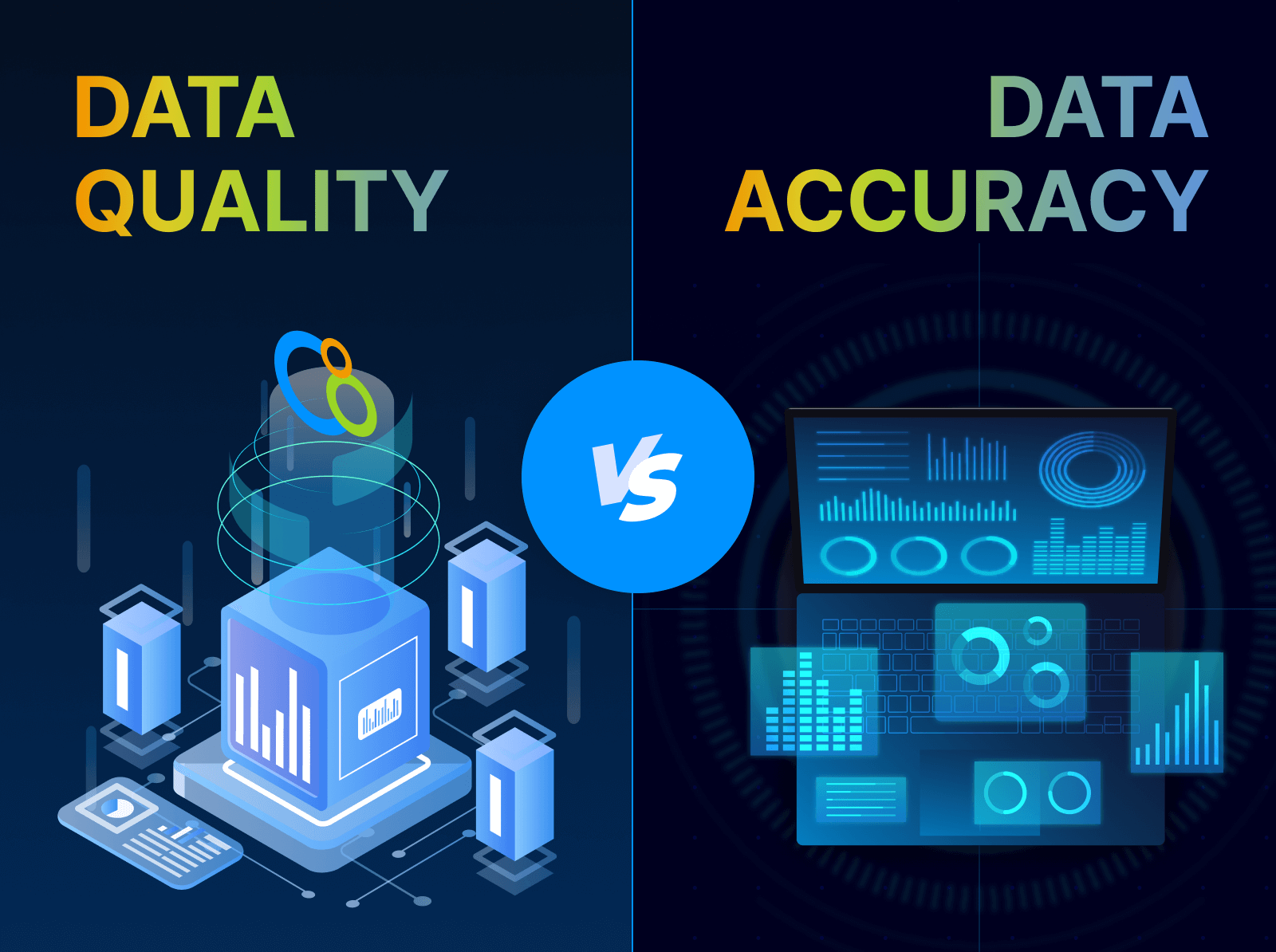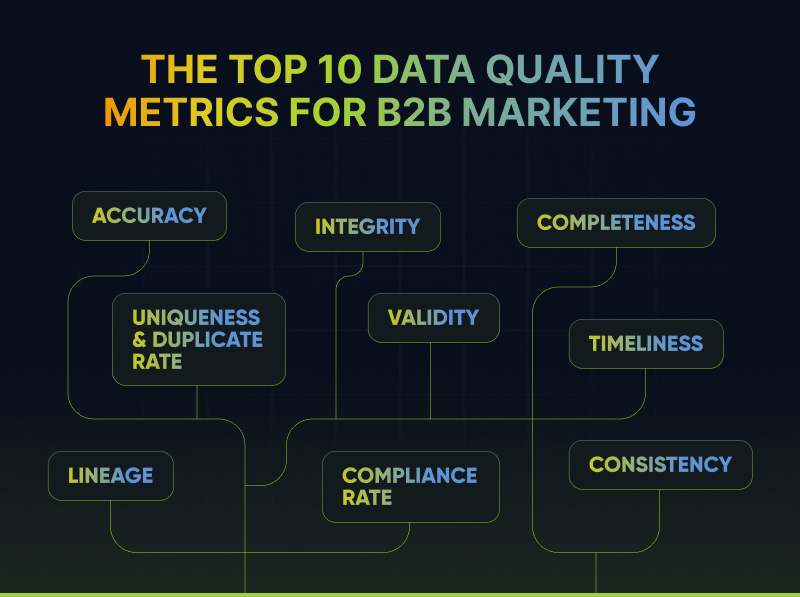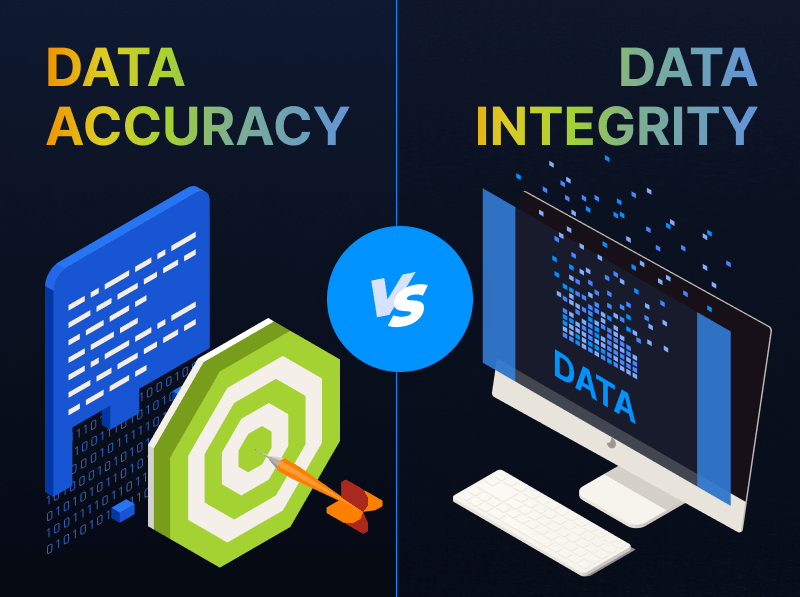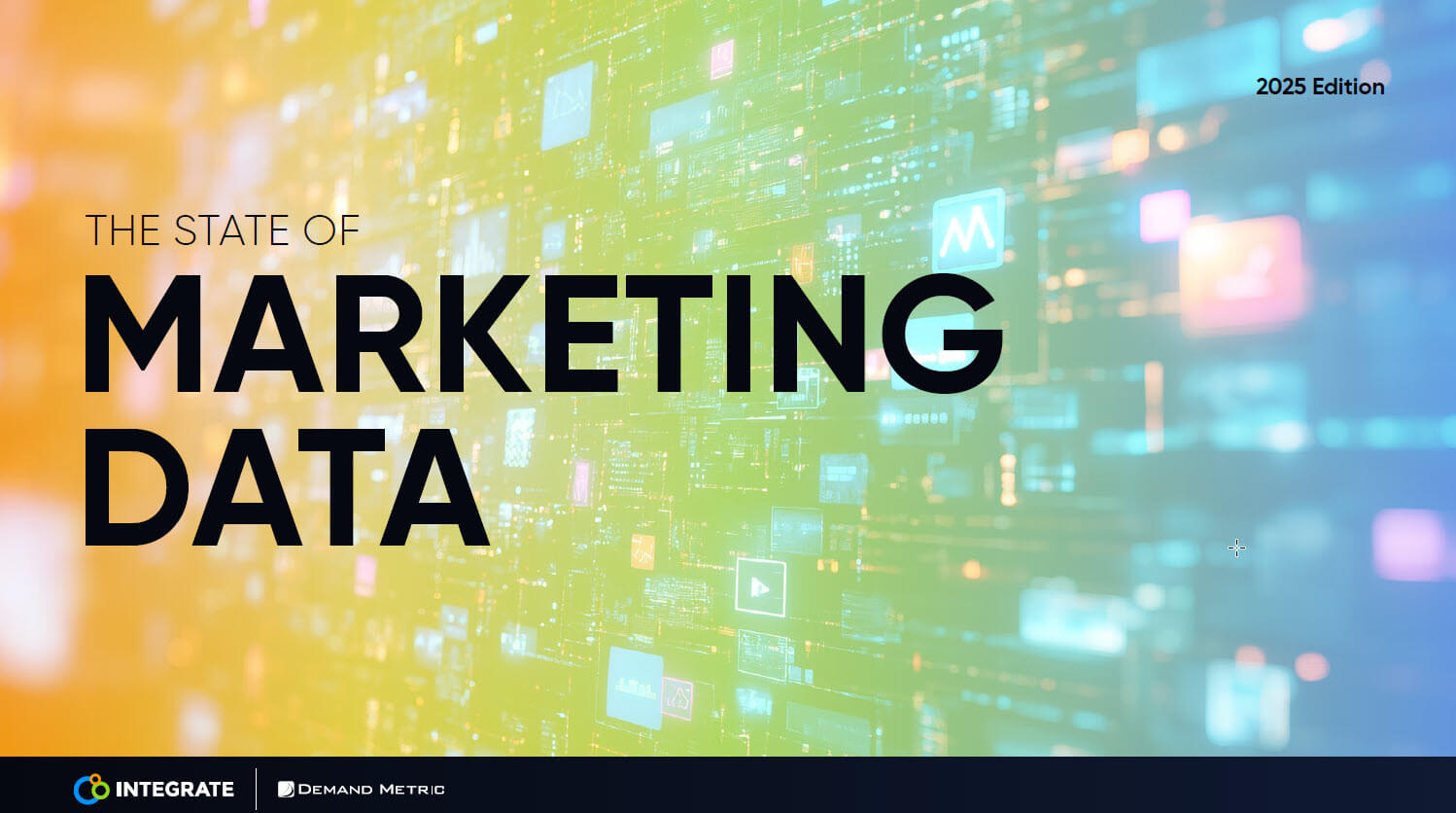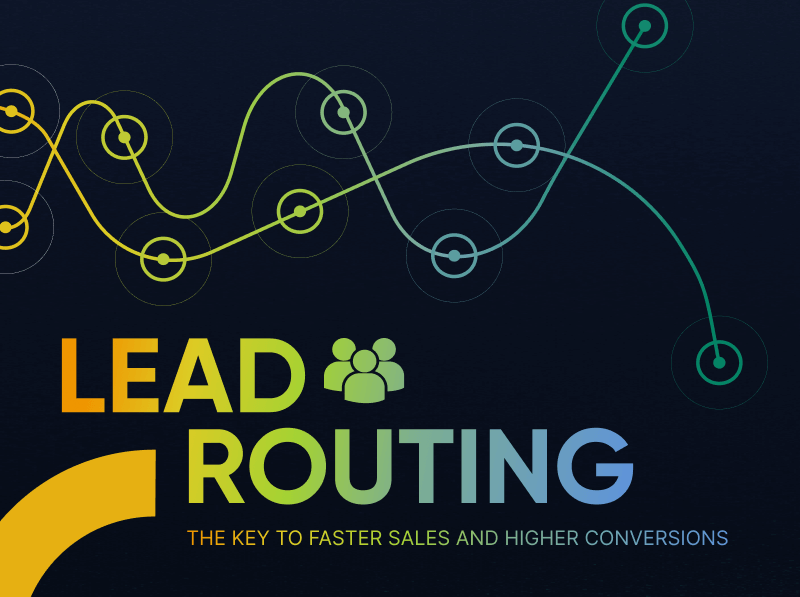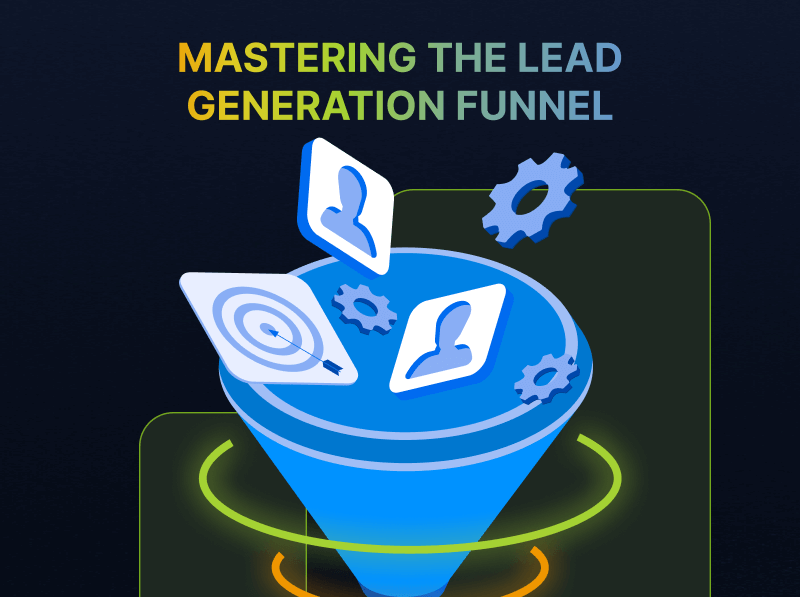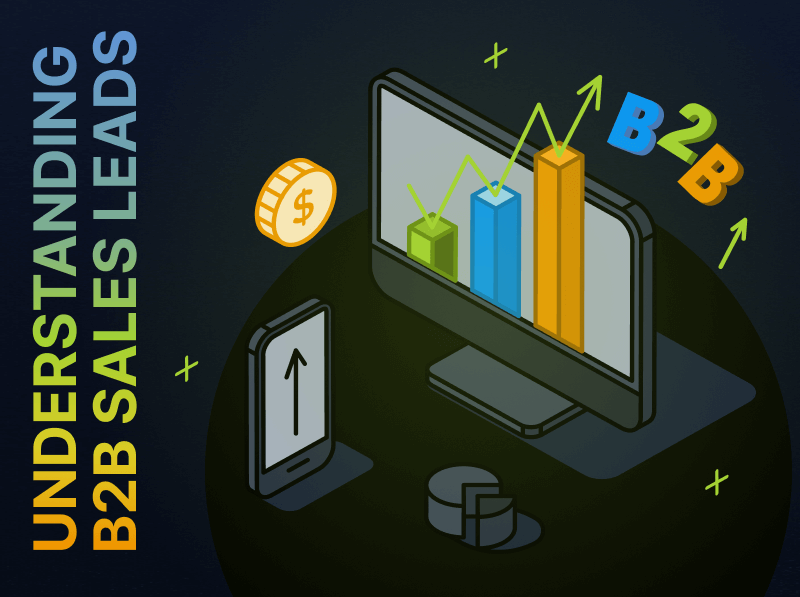5 Key Factors for Moving Beyond ABM toward Precision Demand Marketing
Last week I had the chance to catch-up with a long time CMO friend of mine who I haven’t hugged in person for over a year. I suspect there’s a lot of that going on these days; people finally getting vaccinated so they can finally meet up. It was wonderful. During our lunch, as old CMO friends have been known to do, we got to talking shop. My friend, who’s had a brilliant career as an operator and now sits on a couple of boards, posed this question:
“What is Account-based Marketing if it isn’t just good, targeted marketing?” She continued, “I mean, we have technology that helps us do targeted advertising, website personalization, and things like that, but ultimately, do you really need something special or more technology to do something we were supposed to be doing all along?”
By very definition, account-based marketing is the strategy of marketing to an account. Yet accounts don’t buy things; people do. And as B2B marketers know, accounts are made up of many different people from many different departments that likely have something to say about the purchase at hand. Say your product improves the lives of Human Resource professionals. While that HR team may run the evaluation, do they really hold the budget? Will finance have something to say about said new system? Will the IT team want to understand how the new product will integrate into the enterprise? Do the privacy and security teams want to review the PII data flowing in and out of the solution? Does procurement come into the deal last minute? Meeting the needs of B2B buyers is hard; meeting the needs of entire B2B buying groups is even harder. Especially in an increasingly complex, digitally enabled, buyer-driven world where the research conducted about your product is done on the buyer’s time in the way that works best for them.
All one must do is google “account-based marketing” to see there is no shortage of ads promoting one approach or another from various Martech vendors. ABM vendors have defaulted to digital display advertising as the only way to engage and measure engagement from accounts. And while this is a start, a single channel approach undoubtedly only provides a single view of the buyer. Do we really need an entire technology solution to handle one form of channel activation? It sure seems to reason that without an omni-channel, buyer-driven strategy, digital display alone falls short of taking us to the promised land.
Here are five critical factors we believe marketers need to move beyond a simple digital display advertising ABM approach and achieve the next step in targeted account strategy: precision demand marketing:
- Building for the Buyer. Good, targeted marketing means the marketer recognizes that the buyer is driving the bus and works to provide an exceptional buying experience that fits that buyer’s process. Always-on, efficient, personalized and based on buyer insights. As Lori Wizdo at Forrester said in a recent blog, “These dramatic changes in buyers’ behavior, disruptive business models, and fast-paced technology evolution have conspired to mandate an evolution for B2B marketing. B2B marketing leaders must transform from a legacy of brand stewards, lead generation machines, and sales supporters to fulfill a broader purpose…data-driven to insights-driven. It’s time we started connecting the dots.” Marketers have to move beyond one-size-fits-all advertising campaigns and tailor marketing based on insights captured from the buyer’s behaviors or actions across the channels and sources they rely on. It should come as no surprise that more B2B marketing campaigns are starting to look like their B2C counterparts’.
- Finding and targeting the relevant buying committee. Good, targeted marketing requires identifying and reaching all relevant buyers and influencers within the buying committees at the best accounts. Account-based, digital display advertising is a great mechanism for creating a target list of accounts your team wants to penetrate, but then what? Digital display doesn’t give you the “who” answer. It doesn’t identify for you those buyers within that account who are a part of the three- or four- or even five-tiered decision-making process across multiple departments, roles and titles. Marketers need a strategy where they have access to multiple channels to activate the target list digital display has generated. Activation in a channel like content syndication will help build out and opt-in the members of the buying group. Just as important, it provides marketers and sales teams with insight on buyer preferences, needs and relevant information they can use to follow-up with each unique buyer.
- Reaching your buyers in all the channels where they’re engaging. Good, targeted marketing means you reach your buyers in the channels in which they are engaging. Sometimes that’s your website. But more frequently, especially early in the buying process, buyers are looking for information about the problem they’re trying to solve across the web including social media platforms, virtual events, third-party media platforms, etc. Display advertising may be an important channel, yes, but it’s one channel. How do you do account-based marketing in one channel when your buyer is everywhere?
- Learning, refining, and optimizing. Good, targeted marketing has measurement built at the core of every campaign so that marketers can learn and refine. Measurement provides marketers with the answer to questions like who opted into their campaigns, which messages resonated with which buyers, which channels performed best and where marketers should invest their budget and time. Learning allows you to constantly refine your target account list over time, getting more and more precise and targeted as you go. Every interaction with your prospects and customers is an opportunity to learn more about your buyers and accounts, and about your marketing effectiveness. When you’re only focused on a single channel, your opportunities for learning and optimizing are limited.
- Operating from a solid foundation. Last, but certainly not least, good, targeted marketing requires clean and actionable data from which marketers can drive more impactful targeting and segmentation. By clean and actionable, I’m referring to the basics that get overlooked everyday – validated contact information, tied to the right account, with the proper opt-in steps in place for compliance. It seems strange that we’re still talking about this, but it’s a challenge we see over and over again with marketing programs. Incomplete customer information, missing fields, invalid email addresses all work against good, targeted marketing, leaving your campaigns to fail, your reporting a mess and your customer experience to falter. This is inexcusable in today’s world.
It’s a fantastic time to be a B2B marketer. Never have we had the opportunity to play more of a direct role in driving revenue along with our sales counterparts, in getting more precise in our approach to identifying, targeting and activating buyers, buying groups and accounts. We have the opportunity to serve our buyers, honoring their preferences and providing value to their buying process. Afterall, that’s what good, targeted marketing is all about.



